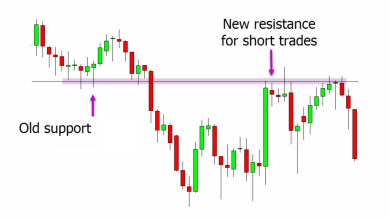The revised IAS 19 issued in June 2011 by the IASB and adopted by the European Union will apply compulsorily to fiscal years beginning on 1 January 2013 or early in 2012. These changes will affect the financial statements consolidated IFRS. The revision of IAS 19 should also lead to a revision of French texts in particular of the 2003-01 CNC recommendation directly derived from IAS 19.
This revision has three major implications on the accounting for post-employment benefits.
Disappearance of the corridor method
The corridor method led to not recognize in an immediate accounting actuarial differences, i.e changes in the pension liability resulting from changes in assumptions or adjustments linked to experience. This approach was justified by the desire to limit the volatility of the provision and thus the brutal record as a result of profit or loss. Pension provisions are by nature very long-term commitments, the spreading of these actuarial gains and losses result appeared economically justified. The limitation of this approach lies in the fact that the balance sheet recorded provision was different from the estimate of the commitment, it led to complex notes often comprehensible only by specialists.
As of 1 January 2013, the corridor method disappears. Actuarial gains and losses are therefore immediately recognized in OCI (other comprehensive income) and not to income. Now, the balance sheet recorded provision will always be equal to the estimate of the commitment. This method does not result in volatility in the income account against equity will be more volatile.
Immediate recognition of past service cost
the impact of a plan amendment could be linearly amortized over the vesting period. Now the effects of plan amendments for the rights acquired by employees must be recognized immediately in income.
The modification or implementation of new plans with recognition of past rights becomes problematic because it can immediately generate a very significant burden in income.
Aligning the expected return on plan assets in the discount rate
So far for firms that had plan assets for their retirement, the calculation of the financial return on assets was effected on the basis of expected return. This hypothesis was difficult to grasp and the expected return assumption was high most of the Pension expense decreased as the expected return on plan assets was a decrease of pension expense.
Now the expected return on assets is calculated with the discount rate (the reference is the bond rate long-term corporate AA). The difference with the real rate of return will be recognized in OCI.
The main consequence of this change is a reduction in the financial or operating profit because today the discount rate debt is usually lower than the expected rate of return on assets. The asset allocation will thus have more effect on the result of the company and reading the net accretion will directly see if the pension plan is over or under funded.
In conclusion, these three changes are a significant issue for some groups. The impacts of this reform focus on equity that can save corrections because of unrecognized actuarial differences. Regarding the effect on the income statement in future years, the primary adjustment will come from changing the rate of return on assets.




